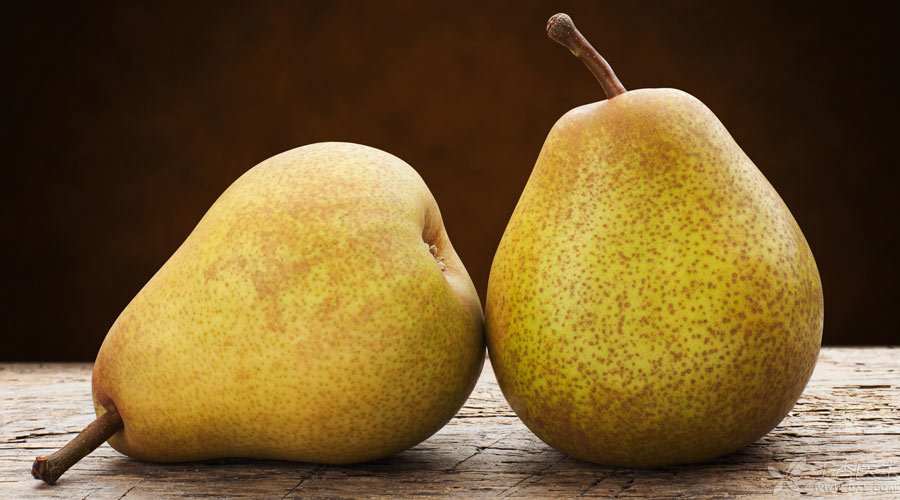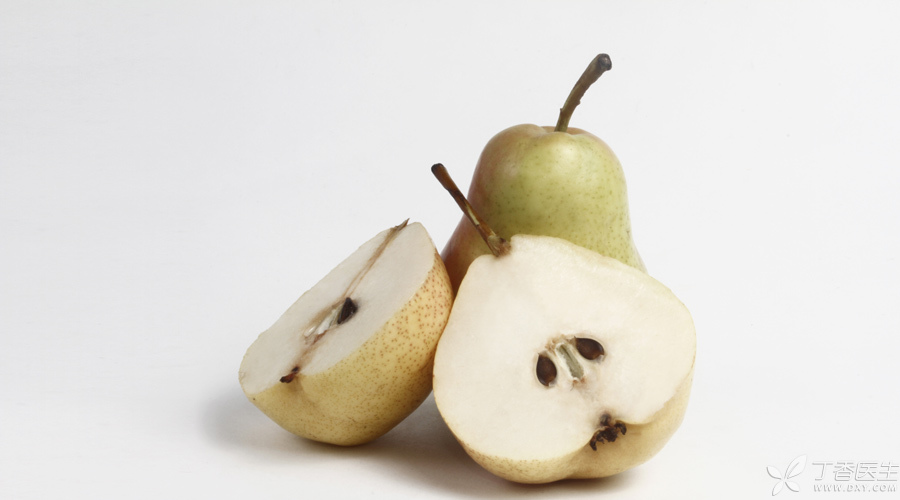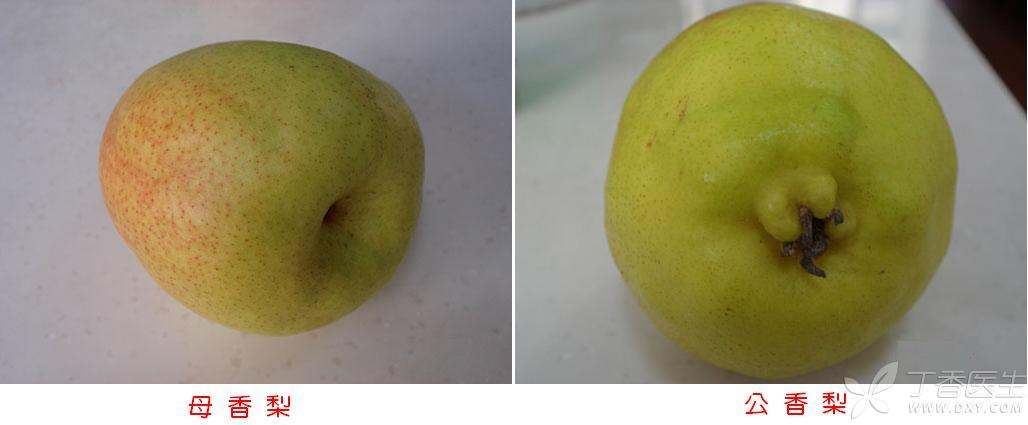
The weather is getting dry, and many people will begin to pay attention to replenishing water and eating autumn fruits.
Every autumn, there are many articles to introduce the benefits of eating pears, such as moistening lung and relieving cough, clearing heat and phlegm, promoting fluid production and quenching thirst, etc. There are also many articles recommending [eating one pear every morning and evening].
Is it really good to eat a pear in the morning and evening?
In fact, compared with most fruits, pears do not have very prominent nutritional advantages: they also contain good dietary fiber, vitamins, minerals and a variety of phytochemicals.
According to the recommendation of < < Dietary Guidelines for Chinese Residents (2016) > >, there are two important points: one is to be [diverse] and the other is to be [moderate].
1. Eat a variety of fruits
Pay attention to diet [diversity] and strive to eat at least 10 kinds of vegetables and fruits every week. Especially for friends who like pears very much, fruits cannot only eat pears.
2. Eat fruit in moderation
Adults are advised to eat 200 ~ 350 grams of fresh fruit every day.
Different varieties of pears vary greatly in size and individual weight. If you eat too much fruit, you are also prone to excessive sugar and energy.
The key is that the total amount of fruits is neither too much nor too little. There is no need to eat a few fruits a day.
3. It doesn’t matter to eat fruit in what.
Eating fruit is not as exquisite as [it must be when what eats it].
One thing can be paid a little attention: eating fruit before meals or in the middle of meals is more conducive to controlling calories not exceeding the standard, and it is not easy to swell abdomen and gain weight than eating an extra fruit after a full meal.
Does eating pears really moisten the lungs and relieve cough?

Pear, a fruit with high water content, can really replenish water for our body and relieve cough caused by dryness.
Especially when boiling pear soup, besides pears, a large amount of soup will be taken in.
Sufficient water is the key to our fight against dryness.
As for [moistening lung] [relieving cough], no research has found that pears have related effective components.
What people are not suitable for pears?
Rumor has it that pears should not be eaten raw for people with deficiency cold and abdominal cold pain, because pears [are cold in nature] and eating more will lead to diarrhea.
From a nutritional point of view, it may be because the dietary fiber of pears is easy to make people with weak intestines and stomach feel uncomfortable.
When we eat pears, we will feel that some varieties of pears seem to have [hard slag] in their pulp, which is rough in taste. These hard slag are some special cells in pears, called [stone cells].
Stone cells make pears different from other fruits and vegetables in that they contain more insoluble dietary fiber, such as cellulose and lignin, and the total amount of dietary fiber is also higher.
These dietary fibers will bring certain stimulation to the intestinal tract and strengthen peristalsis.
Therefore, friends with bad intestines and stomach and easy diarrhea, if they feel unwell after eating pears, can consider eating less or heating pears to boil soup before eating.
Is [mother pear] better than [male pear]?
In science, there is no distinction between male pears and female pears.
The [male pear] [female pear] mentioned by fruit growers and fruit merchants is actually a very artificial common name according to the appearance characteristics of whether the calyx falls off or not, rather than a biological professional classification.
- Calyx abscission, showing depression, is usually called [mother pear]; Calyx persistent (not shedding) and convex, commonly referred to as [male pear].

It is a common phenomenon that the calyx of pears falls off and persists, which is determined by the variety characteristics of pears.
For example, the calyx of Korla fragrant pear usually falls off and persists. However, the calyx of Guoli pear is only persistent. The calyx of Yali pear and Xuehua pear only showed abscission. There are also some pears, the calyx is mostly persistent and a few fall off, or most fall off and a few persist.
Korla fragrant pear is the only common pear variety that can judge taste by appearance difference.
For Korla fragrant pears, [mother pears] are better to eat than [male pears], probably because [male pears] have more stone cells, resulting in more obvious dregs and lighter sweetness.
However, this judgment method is not necessarily applicable to other varieties of pears, and there is no obvious relationship between taste and whether calyx falls off.
